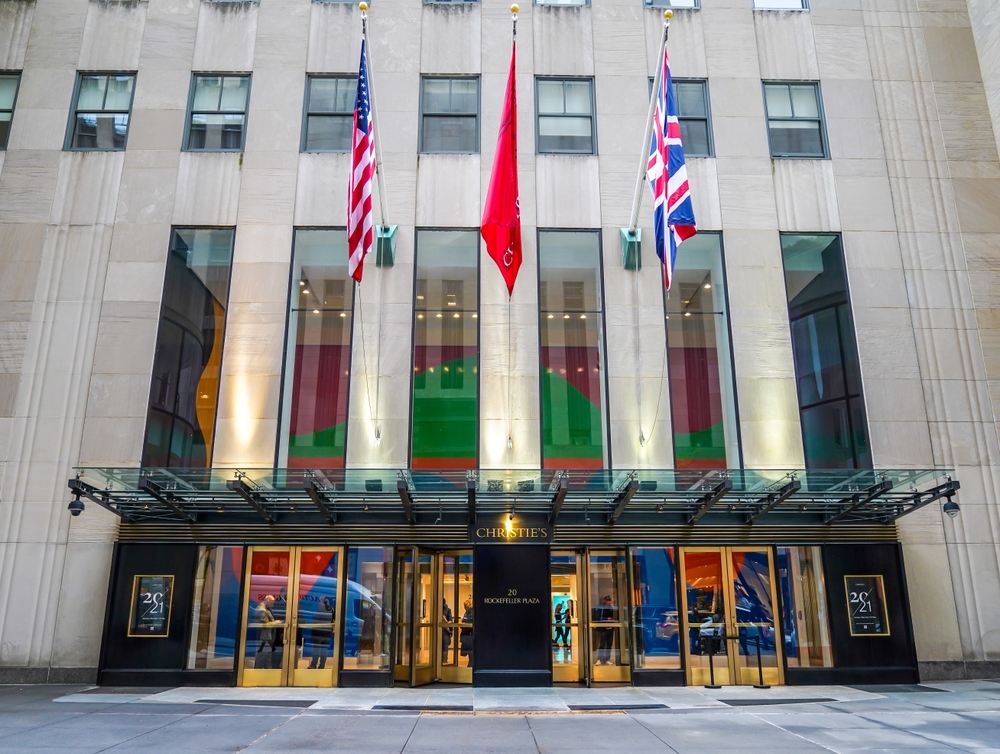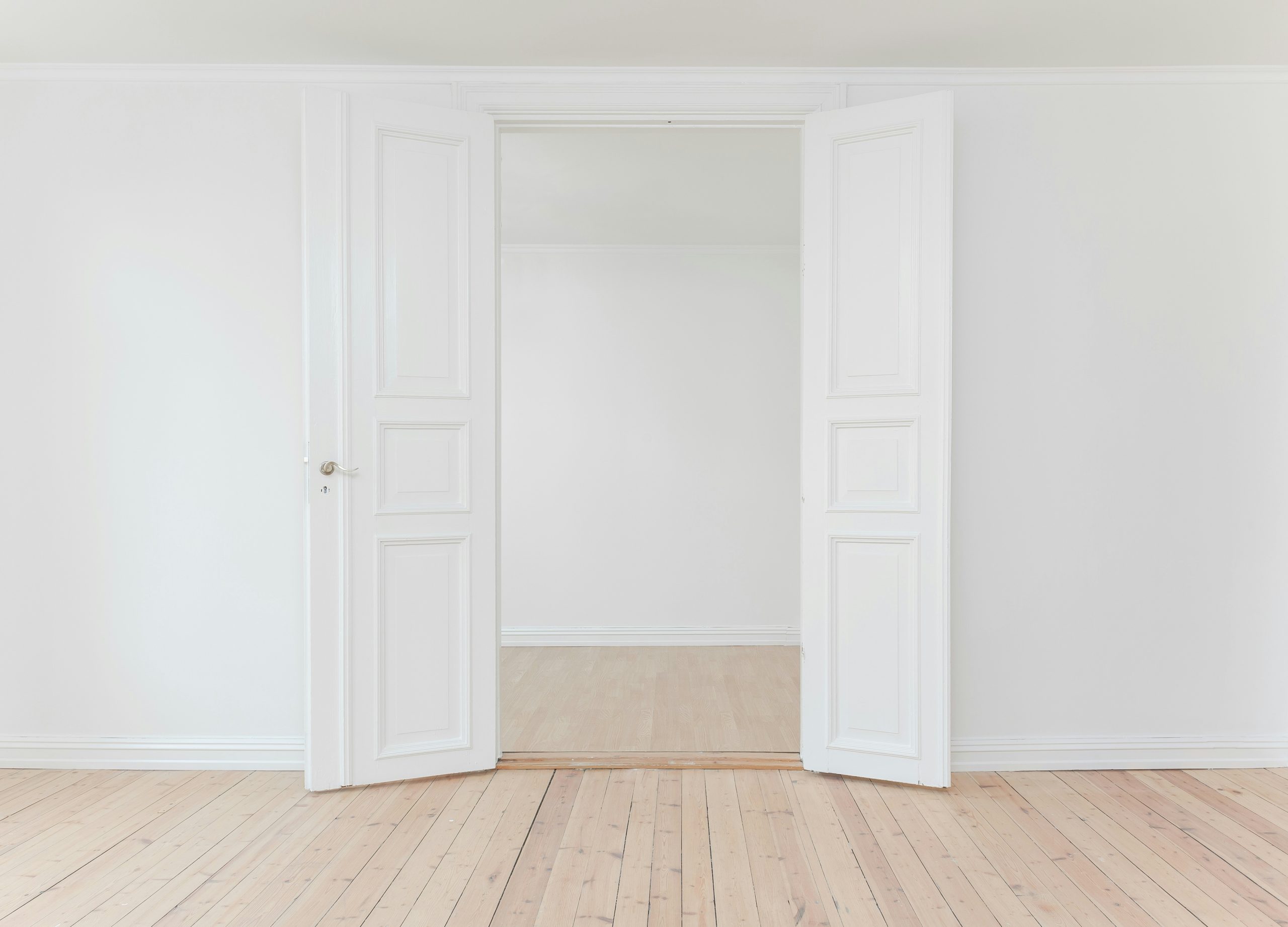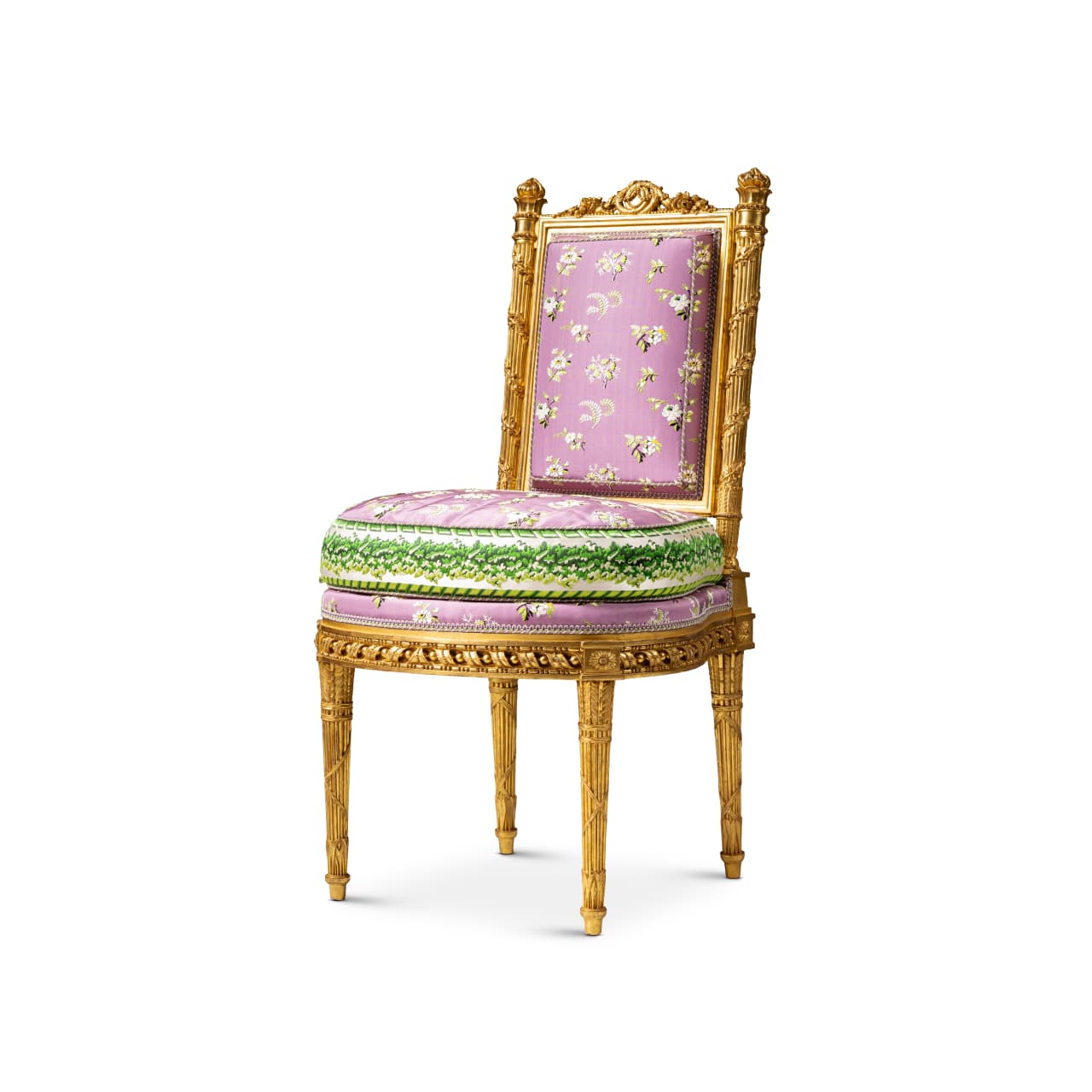How China Miscalculated Its Way to a Baby Bust
China’s baby bust is happening faster than many expected, raising fears of a demographic collapse. And coping with the fallout may now be complicated by miscalculations made more than 40 years ago.
The rapid shift under way today wasn’t projected by the architects of China’s one-child policy—one of the biggest social experiments in history, instituted in 1980. At the time, governments around the world feared overpopulation would hold back economic growth. A Moscow-trained missile scientist led the push for China’s policy, based on tables of calculations that applied mathematical models used to calculate rocket trajectories to population growth.
Four decades later, China is ageing much earlier in its development than other major economies did. The shift to fewer births and more elderly citizens threatens to hold back economic growth. In a generation that grew up without siblings, young women are increasingly reluctant to have children —and there are fewer of them every year. Beijing is at a loss to change the mindset brought about by the policy.
Births in China fell by more than 500,000 last year, according to recent government data, accelerating a population drop that started in 2022 . Officials cited a quickly shrinking number of women of childbearing age—more than three million fewer than a year earlier—and acknowledged “changes in people’s thinking about births, postponement of marriage and childbirth.”
Some researchers argue the government underestimates the problem, and the population began to shrink even earlier.
Following the data release, researchers from Victoria University in Australia and the Shanghai Academy of Social Sciences predicted that China will have just 525 million people by the end of the century. That’s down from their previous forecast of 597 million and a precipitous drop from 1.4 billion now.
“Our forecasts for 2022 and 2023 were already low but the real situation has turned out to be worse,” said Xiujian Peng, a senior research fellow at Victoria University who leads the population research in Melbourne.
China’s fertility rate is approaching one birth for every woman , less than half the 2.1 replacement rate that keeps a population stable. In the late 1970s, the fertility rate hovered around 3.
At the time, China was coming out of the chaos of the Cultural Revolution and about to embark on economic reforms. The country’s leader, Deng Xiaoping, and other officials became alarmed when a group of scientists told them that unless they started restricting births, China would have more than four billion mouths to feed in a hundred years.
An essay by some of the scientists published by the official People’s Daily in early 1980 suggested China’s search for a response to overpopulation “points to bringing the fertility rate down to 1…each couple having only one child.”
That fall, China started enforcing the one-child policy nationwide—but the calculations had missed some crucial factors.
Population fears
China wasn’t the only country worried about overpopulation at the time. The rapid rise in the global population in the 1960s and ‘70s prompted fears that humanity would reproduce faster than food production could rise, an idea argued nearly two centuries earlier by economist Thomas Malthus.
Chinese officials were increasingly reviving scientific research after the Cultural Revolution. While social scientists had been persecuted by Mao’s Red Guards, others doing work related to the military had been partly shielded.
The group included Song Jian, a protégé of the father of China’s atomic-bomb program and one of China’s top scientists working on satellites and rockets. Song had studied in Moscow, where he got advanced degrees in a branch of mathematics known as control theory and in military science. Military officials sent him to a launch site for rockets and satellites in the Gobi Desert to escape the chaos of the Cultural Revolution.
Song, who eventually became China’s senior cabinet member heading science and technology, is now 92. He didn’t respond to requests for comment sent to the State Council and the Chinese Academy of Engineering.
In 1975, Song had been part of a Chinese academic delegation visiting the University of Twente in the Netherlands, where he got to know a Dutch mathematician, Geert Jan Olsder. Three years later, the two met a second time, at a conference in Finland.
Olsder, now in his 80s, said he talked about how his research with other mathematicians had been inspired by the warnings about finite global resources and how mathematical models could be applied to birthrates.
Song spoke with the others in fluent English and showed a clear interest in mathematical modelling, Olsder wrote in an email. If the two hadn’t met, he said, he’s sure that some kind of population policy would have started in China, but perhaps a little later. “I feel like a domino stone in a long series of such stones,” he wrote.
Song refined his modelling over the next few years, and with a team of scientists began calculating how different fertility rates could affect China’s population size. In late 1979 he began to present officials with reports based on their modelling. He calculated that, at a constant fertility rate of three babies for every woman, China’s population would hit 4.26 billion by 2080.
With his computer-assisted mathematical models and political connections, Song caught the attention of top leaders. He argued that rapid population growth would prevent China from becoming a rich, modern country, said Susan Greenhalgh, an anthropologist at Harvard University who has written books about the one-child policy.
“He used a frightening narrative of a coming demographic-economic-ecological crisis to persuade people,” she said.
To ward off skepticism, officials said China could switch gears if births dropped too much. “In 30 years, the current problem of especially dreadful population growth may be alleviated and then [we can] adopt different population policies,” the Communist Party said in an open letter in 1980.
Within a little more than a decade, the fertility rate had dipped below the replacement rate. The cohort of young women was still massive, which kept the population growing. But the number of newborn girls was quickly dwindling.
Impact
As the decades passed, a growing number of demographers and economists called out the policy as outdated and flawed. China’s fertility rate would have gone down on its own as life expectancies rose and economic conditions improved, they say.
One factor missing from Song’s population math was human behaviour. The government’s sometimes brutal enforcement, including forced abortions and sterilisations, as well as decades-long propaganda about the benefits of having a small family , left a lasting one-child mindset. The modelling also failed to take into account the traditional preference for sons. If couples could only have one child, they would prefer to have a boy.
Young women are now at the core of China’s demographic dilemma. They are increasingly reluctant to have children—and there are fewer of them every year.
Greenhalgh, the Harvard anthropologist, said that the women growing up under the one-child policy were raised in line with Beijing’s goals of a smaller but what it called “higher-quality” population: well-educated, savvy and independent. “These women are not going to accept going back to the family to be housewives,” she said.
Apart from cultural and social changes, Song’s model hadn’t taken into account economic forces, such as the enormous migration flows to cities unleashed by Deng’s reforms, which played a bigger role than anyone had imagined in pushing down fertility rates, researchers have said.
Zuo Xuejin, a retired demographer who is leading the research team at the Shanghai Academy of Social Sciences, sounded alarms about demographic implosion more than a decade ago, saying the conditions that may have warranted birth-restriction measures had all faded away.
“For many years overpopulation was China’s major concern. It was difficult to convince the government and the public that China will have the problem of fast decline and aging of the population,” Zuo wrote in an email.
Song has said he believed it had been a good call. China had successfully defused the bomb that could have led to a “population explosion,” he wrote in a 2010 essay published by the University of Jinan, his alma mater. “Zero growth [in population] is the destiny of modern mankind and an urgent task for contemporary China,” Song wrote. He estimated China’s population wouldn’t start shrinking until after 2035. He was off by more than a decade, with official data showing the drop starting in 2022.
Beijing has said the policy prevented 400 million births, a claim it has often put forth as a kind of Chinese gift to the world, including at the 2009 climate summit in Copenhagen. Demographers have disputed the figure, saying China’s fertility rate would have gone down on its own as economic conditions improved.
Demographer scramble
Even when Beijing dropped the one-child policy in 2015, leaders didn’t abolish birth restrictions altogether. Instead, it just pivoted to a two-child policy. Now, Beijing is urging people to have three, trumpeting the need to return to a “birth-friendly culture.”
Entrepreneurs, economists and demographers have tried to convey the idea that China needs more babies .
James Liang , co-founder and chairman of travel service provider Trip.com Group and a research professor of economics at Peking University, co-founded YuWa Population Research Institute, a private think tank focused on demographic and public policy analysis.
Liang estimated that China needs to devote 5% of its gross domestic product—roughly equivalent to its education spending—on direct subsidies to promote births and lower the costs of raising children in order for the fertility rate to recover to 1.4, the average rate of advanced economies. His company gives its long-term employees an annual cash bonus of 10,000 yuan ($1,406) for each of their children until they are 5 years old.
Demographers are trying to catch up on the rapidly falling births. The United Nations’ population predictions for China, which were based on the country’s 2020 census and assumed a fertility rate of 1.19, are already out of step with reality.
Patrick Gerland, head of the U.N.’s population estimates and projection section, said their computing tries to capture long-term trends and isn’t made for rapid changes. He agrees with other researchers that put China’s fertility rate closer to 1.0.
“In the case of a country like China where the fertility from one year to the next year has been changing so fast, we’ll have smaller population [projections] than what we had expected two years ago,” he said. The U.N. plans to update its forecasts in July.
Yi Fuxian, a senior scientist in obstetrics and gynaecology at the University of Wisconsin-Madison and a critic of China’s birth restrictions, has long argued the situation is even worse than official data suggests. Yi believes China’s population actually started shrinking years ago, based on birth estimates pieced together from other available data, such as school enrolment and the number of vaccines for newborns.
“All of China’s population policies for decades have been based on erroneous projections,” Yi said. “China’s demographic crisis is beyond the imagination of Chinese officials and the international community.”
Once a generation of young people has made up their minds, it’s hard to change them, said Cai Yong, a sociologist at the University of North Carolina at Chapel Hill.
It’s possible fertility rates could now increase with official messages and policies promoting bigger families to a newer generation, said Cai, but “if it’s going to happen, it’s not going to happen in the short term.”
 Copyright 2020, Dow Jones & Company, Inc. All Rights Reserved Worldwide. LEARN MORE
Copyright 2020, Dow Jones & Company, Inc. All Rights Reserved Worldwide. LEARN MORE
This stylish family home combines a classic palette and finishes with a flexible floorplan
Just 55 minutes from Sydney, make this your creative getaway located in the majestic Hawkesbury region.
The auction house plans for sales to proceed, including for a Warhol ‘Flowers’ estimated at $20 million
Christie’s remained in the grip of an ongoing cyberattack on Tuesday, a crisis that has hobbled the auction house’s website and altered the way it can handle online bids. This could disrupt its sales of at least $578 million worth of art up for bid this week, starting tonight with a pair of contemporary art auctions amid New York’s major spring sales.
Christie’s said it has been grappling with the fallout of what it described as a technology security incident since Thursday morning—a breach or threat of some kind, though the auction house declined to discuss details because of its own security protocols. Christie’s also declined to say whether any of the private or financial data it collects on its well-heeled clientele had been breached or stolen, though it said it would inform customers if that proves to be the case.
“We’re still working on resolving the incident, but we want to make sure we’re continuing our sales and assuring our clients that it’s safe to bid,” said Chief Executive Guillaume Cerutti.
Sotheby’s and Phillips haven’t reported any similar attacks on their sites.
Christie’s crisis comes at a particularly fragile moment for the global art market. Heading into these benchmark spring auctions, market watchers were already wary, as broader economic fears about wars and inflation have chipped away at collectors’ confidence in art values. Christie’s sales fell to $6.2 billion last year, down 20% from the year before.
Doug Woodham, managing partner of Art Fiduciary Advisors and a former Christie’s president, said people don’t want to feel the spectre of scammers hovering over what’s intended to be an exciting pastime or serious investment: the act of buying art. “It’s supposed to be a pleasurable activity, so anything that creates an impediment to enjoying that experience is problematic because bidders have choices,” Woodham said.
Aware of this, Cerutti says the house has gone into overdrive to publicly show the world’s wealthiest collectors that they can shop without a glitch—even as privately the house has enlisted a team of internal and external technology experts to resolve the security situation. Currently, it’s sticking to its schedule for its New York slate of six auctions of impressionist, modern and contemporary art, plus two luxury sales, though one watch sale in Geneva scheduled for Monday was postponed to today.
The first big test for Christie’s comes tonight with the estimated $25 million estate sale of top Miami collector Rosa de la Cruz, who died in February and whose private foundation offerings include “Untitled” (America #3),” a string of lightbulbs by Félix González-Torres estimated to sell for at least $8 million.
Cerutti said no consignors to Christie’s have withdrawn their works from its sales this week as a result of the security incident. After the De la Cruz sale, Christie’s 21st Century sale on Tuesday will include a few pricier heavyweights, including a Brice Marden diptych, “Event,” and a Jean-Michel Basquiat from 1982, “The Italian Version of Popeye Has no Pork in his Diet,” each estimated to sell for at least $30 million.
But the cyberattack has already altered the way some collectors might experience these bellwether auctions at Christie’s. Registered online bidders used to be able to log into the main website before clicking to bid in sales. This week, the house will email them a secure link redirecting them to a private Christie’s Live site where they can watch and bid in real time. Everyone else will be encouraged to call in or show up to bid at the house’s saleroom in Rockefeller Center in Midtown Manhattan.
If more bidders show up in person, the experience might prove to be a squeeze. During the pandemic, Christie’s reconfigured its main saleroom from a vast, well-lit space that could fit several hundred people into a spotlit set that more closely evokes a television studio, with far fewer seats and more roving cameras—all part of the auction industry’s broader effort to entice more collectors as well as everyday art lovers to tune in, online.
Once this smaller-capacity saleroom is filled, Christie’s said it will direct people into overflow rooms elsewhere in the building. Those who want to merely watch the sale can’t watch on Christie’s website like usual but can follow along via Christie’s YouTube channel.
Art adviser Anthony Grant said he typically shows up to bid on behalf of his clients in these major sales, though he said his collectors invariably watch the sales online as well so they can “read the room” in real time and text him updates. This week, Grant said a European collector who intends to vie for a work at Christie’s instead gave Grant a maximum amount to spend.
Grant said the cyberattack popped up in a lot of his conversations this past weekend. “There’s a lot of shenanigans going on, and people have grown so sensitive to their banks and hospitals getting hacked,” he said. “Now, their auction house is going through the same thing, and it’s irksome.”
This stylish family home combines a classic palette and finishes with a flexible floorplan
Just 55 minutes from Sydney, make this your creative getaway located in the majestic Hawkesbury region.






















